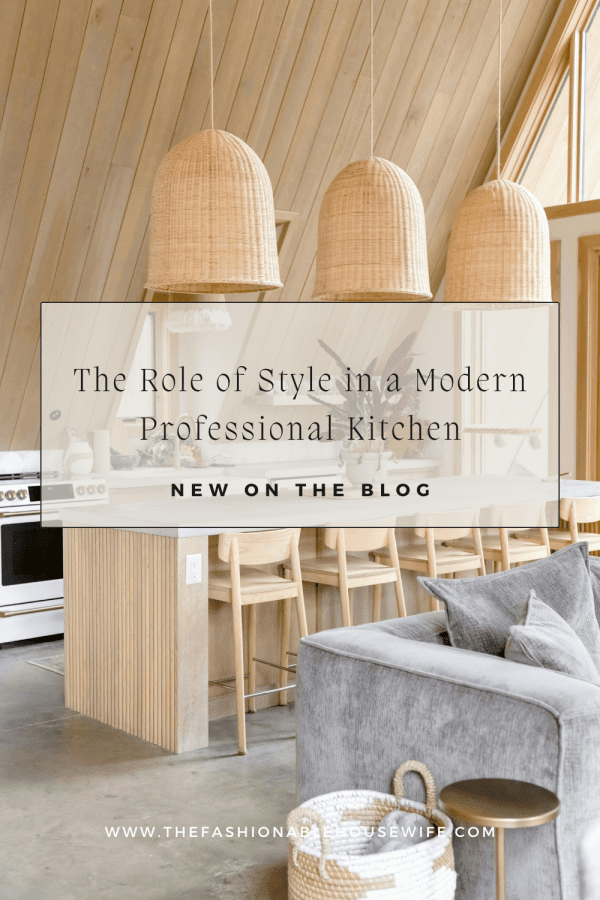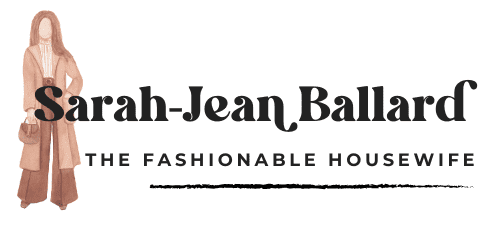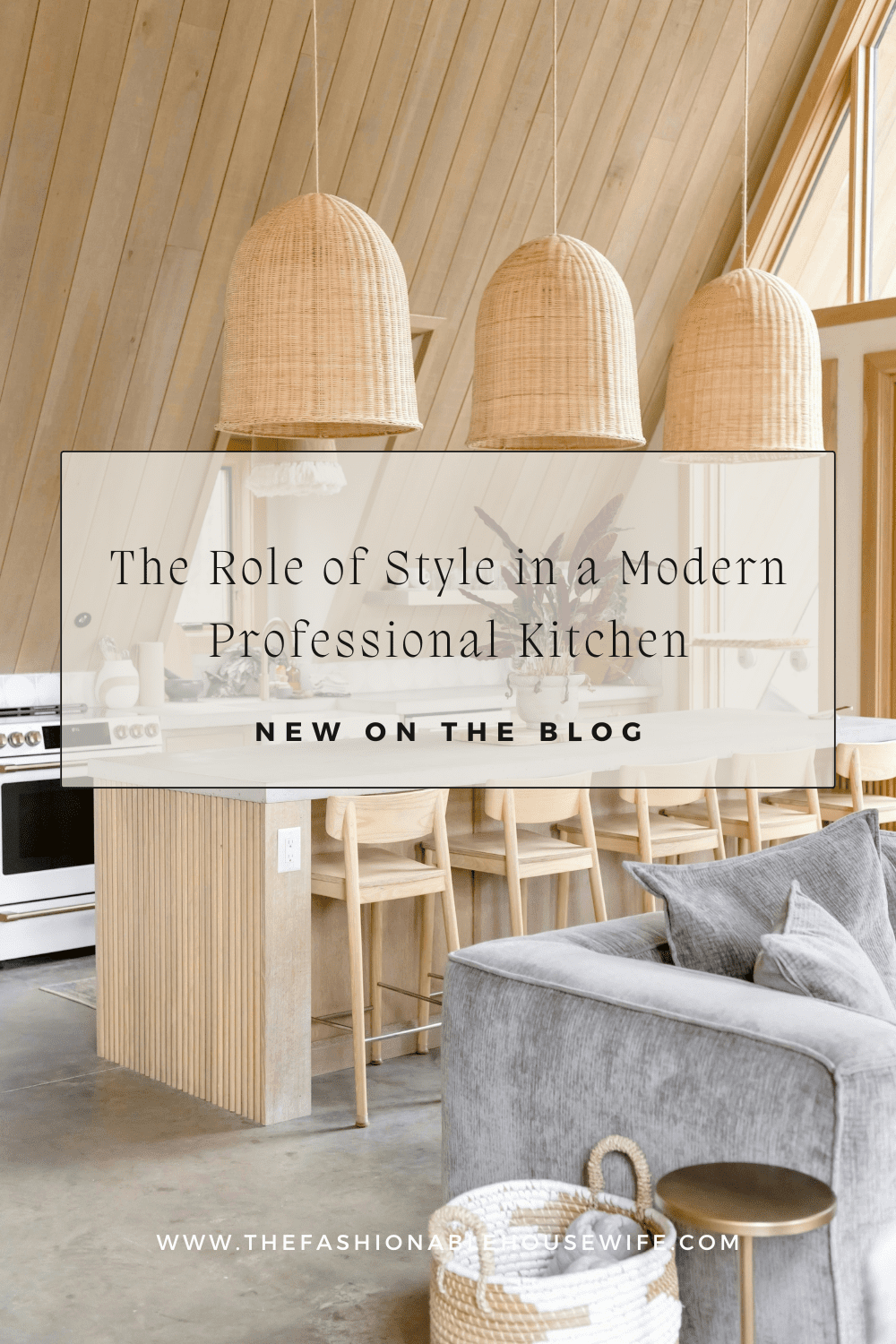The Role of Style in a Modern Professional Kitchen

In the culinary arts, the kitchen isn’t only a space for creativity and precision but also a stage where professionalism, safety, and identity converge. The attire worn by chefs plays a pivotal role in this environment, blending tradition with modern sensibilities to create a uniform that’s both functional and expressive. If you’re wondering what to wear in a modern professional kitchen, this is the post for you!
Tradition Meets Modernity
The classic chef’s uniform, comprising a double-breasted jacket, checkered pants, apron, and toque, has long been a symbol of culinary expertise and discipline. These garments were designed with specific purposes: the double-breasted jacket offers protection from heat and spills, the checkered pants help conceal stains, and the toque signifies rank within the kitchen hierarchy.
However, as the culinary industry evolves, so too does the chef’s attire. Modern kitchens, especially those in open-concept restaurants, have seen a shift toward more contemporary and personalized uniforms. Chefs are now opting for attire that not only meets safety and hygiene standards but also reflects their individual style and the ethos of their establishment.
Functionality and Comfort
Beyond aesthetics, the functionality of a chef’s uniform is paramount. The kitchen environment is demanding, with high temperatures, long hours, and the need for mobility. Modern chef coats are designed with these factors in mind. Features such as breathable fabrics, moisture-wicking materials, and ergonomic cuts ensure that chefs remain comfortable and efficient throughout their shifts.
Becoming a chef means finding attire that combines functionality with style has been a challenge. Traditional chef coats were often designed with a unisex fit, which could be ill-suited to the female form. Recognizing this, brands have developed female chef coats that offer a tailored fit, providing both comfort and a flattering silhouette without compromising on performance.
Personal Expression and Branding
In today’s culinary landscape, chefs aren’t just cooks; they’re brand ambassadors. The attire they wear can convey the identity of the restaurant and their personal culinary philosophy. Customizations such as embroidered logos, unique color schemes, and personalized name tags help establish a cohesive brand image and foster a sense of unity among kitchen staff.
Moreover, the rise of social media has amplified the importance of visual identity. Chefs often share behind-the-scenes glimpses of their kitchens, making their attire a part of their personal brand. A well-designed uniform can enhance a chef’s presence both in the kitchen and online, contributing to their professional reputation.
Inclusivity and Representation
The conversation around chef uniforms has also highlighted issues of inclusivity and representation. Historically, the culinary world has been male-dominated, and the standard uniform reflected this bias. Today, there’s a growing recognition of the need for attire that accommodates diverse body types and gender identities. Offering styles that are both functional and stylish is a step toward creating a more inclusive environment where all chefs can feel confident and valued.
Summing It All Up
The role of style in a modern professional kitchen extends beyond aesthetics. It encompasses functionality, comfort, personal expression, and inclusivity. As the culinary industry continues to evolve, so too will the attire of those who work within it. Embracing style in the kitchen isn’t just about looking good; it’s about feeling empowered, representing one’s brand, and fostering an environment where all chefs can thrive.

